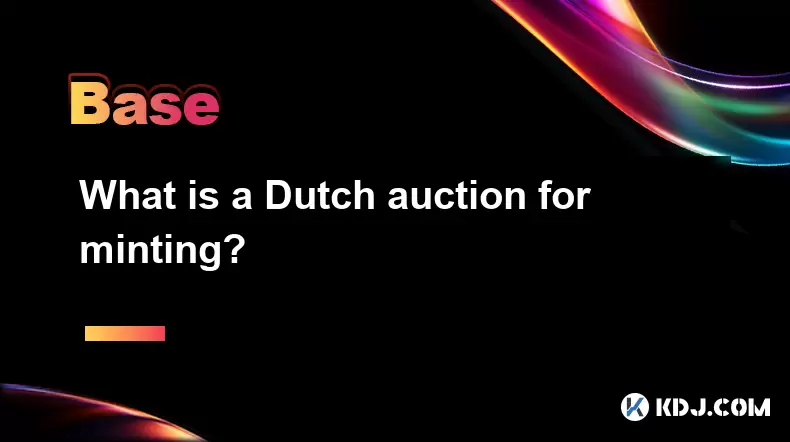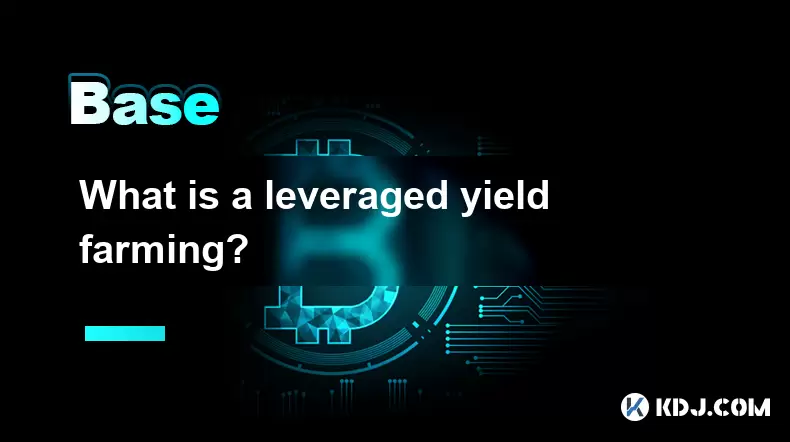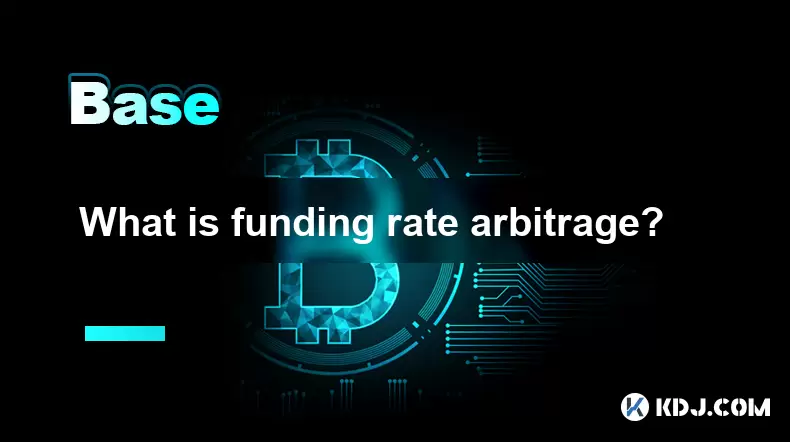-
 Bitcoin
Bitcoin $107,792.7836
-1.83% -
 Ethereum
Ethereum $2,490.3334
-3.99% -
 Tether USDt
Tether USDt $1.0003
0.00% -
 XRP
XRP $2.2177
-2.39% -
 BNB
BNB $652.5191
-1.50% -
 Solana
Solana $146.6253
-4.04% -
 USDC
USDC $1.0001
0.01% -
 TRON
TRON $0.2832
-1.14% -
 Dogecoin
Dogecoin $0.1623
-5.82% -
 Cardano
Cardano $0.5701
-5.05% -
 Hyperliquid
Hyperliquid $38.6009
-4.85% -
 Sui
Sui $2.8604
-5.95% -
 Bitcoin Cash
Bitcoin Cash $487.6897
-2.30% -
 Chainlink
Chainlink $13.0565
-5.05% -
 UNUS SED LEO
UNUS SED LEO $9.0735
0.43% -
 Avalanche
Avalanche $17.6635
-5.16% -
 Stellar
Stellar $0.2382
-2.81% -
 Toncoin
Toncoin $2.7498
-4.12% -
 Shiba Inu
Shiba Inu $0.0...01134
-4.91% -
 Litecoin
Litecoin $86.4080
-3.46% -
 Hedera
Hedera $0.1526
-4.69% -
 Monero
Monero $313.9315
-1.80% -
 Dai
Dai $1.0000
0.00% -
 Polkadot
Polkadot $3.3426
-5.85% -
 Ethena USDe
Ethena USDe $1.0001
-0.02% -
 Bitget Token
Bitget Token $4.4044
-3.80% -
 Uniswap
Uniswap $6.9000
-9.33% -
 Pepe
Pepe $0.0...09552
-5.65% -
 Aave
Aave $263.0698
-6.29% -
 Pi
Pi $0.4693
-4.76%
What is a Dutch auction for minting?
A Dutch auction starts high and drops over time, letting buyers purchase NFTs or tokens at decreasing prices for fairer distribution.
Jul 04, 2025 at 12:07 am

Understanding the Concept of a Dutch Auction
A Dutch auction is a unique pricing mechanism that has found its application in various financial domains, including cryptocurrency and NFT minting. Unlike traditional auctions where prices start low and increase with bids, a Dutch auction begins at a high price and gradually decreases until a buyer accepts the current price. This model was originally used in the Netherlands for flower sales, hence the name.
In the context of crypto and blockchain projects, a Dutch auction is often employed during the minting phase of NFTs or tokens, allowing participants to acquire digital assets at progressively lower prices over time. The primary goal of using this method is to ensure fair distribution and discourage bots or whales from dominating the initial minting phase.
How a Dutch Auction Works in Minting
When applied to NFT minting or token distribution, the Dutch auction process typically follows these steps:
- The project sets an initial high price for each NFT or token.
- Over a predetermined period, the price drops incrementally — either by a fixed amount or percentage — at set intervals.
- Once a participant decides to mint at the current price, they pay that amount, and the transaction is recorded on the blockchain.
- The auction continues until all available items are sold or until the minimum price floor is reached.
This structure encourages early participation but also allows latecomers to purchase at lower rates if demand doesn’t meet expectations initially.
Why Projects Choose Dutch Auctions for Minting
Several reasons make Dutch auctions appealing for crypto and NFT projects:
- Fair Price Discovery: Since the price declines over time, it gives every participant a chance to buy in based on their willingness to pay, which can reflect true market demand.
- Anti-Bot Mechanism: Because the price drops predictably and isn't bid-based, it reduces the advantage held by automated bots trying to mint large quantities at the lowest possible cost.
- Transparent Distribution: Everyone sees the same pricing schedule, ensuring transparency and reducing accusations of favoritism or unfair allocation.
These features make Dutch auctions particularly suitable for community-driven or decentralized projects aiming for equitable access.
Technical Implementation of a Dutch Auction on Blockchain
Implementing a Dutch auction on a blockchain involves smart contract programming, usually on platforms like Ethereum or Solana. Here’s how it generally works under the hood:
- A smart contract is deployed that contains the logic for price reduction over time.
- The contract holds the NFTs or tokens to be distributed.
- Users interact with the contract via a wallet (like MetaMask) and pay the current price in cryptocurrency.
- Each mint triggers a check within the contract to determine whether the price should decrease further, based on elapsed time or remaining supply.
For developers, setting parameters such as:
- Starting price
- Drop rate per minute/hour
- Minimum price floor
- Total quantity available
is crucial to ensure the auction behaves as intended without exploitable loopholes.
Participating in a Dutch Auction: A Step-by-Step Guide
If you're planning to participate in a Dutch auction for minting, follow these steps carefully:
- Ensure your wallet is connected to the platform hosting the auction. Popular options include MetaMask, Phantom, or Trust Wallet depending on the chain.
- Check the start time and duration of the auction. Missing the start might mean missing out on higher-priced mints.
- Monitor the price drop schedule. Some platforms display countdown timers or real-time price indicators.
- Decide when you want to mint. Early buyers pay more but secure their spot; later buyers risk the item selling out but pay less.
- Confirm the transaction once you decide to mint. Make sure gas fees are acceptable and the network is not congested.
It's important to note that once you mint, the transaction cannot be reversed, so always double-check the details before proceeding.
Differences Between Dutch Auctions and Other Minting Methods
The Dutch auction model differs significantly from other minting strategies such as public mints, raffles, and fixed-price sales:
- In a public mint, everyone pays the same price regardless of when they mint. This often leads to congestion and high gas fees due to simultaneous participation.
- A raffle system randomly selects winners after a whitelist or presale phase, making it unpredictable for users.
- Fixed-price sales offer no flexibility and may lead to rapid sell-outs or unsold inventory depending on demand.
By contrast, Dutch auctions balance fairness, accessibility, and dynamic pricing, offering a middle ground between control and decentralization.
Frequently Asked Questions
Can I mint multiple items in a Dutch auction?
Yes, unless the project imposes a per-wallet limit. Always check the specific rules of the auction before participating.
Is there a way to know when the best time to mint is?
There’s no guaranteed optimal time, but monitoring the price schedule and understanding demand can help strategize entry.
What happens if not all items are sold in a Dutch auction?
Depending on the smart contract setup, unsold items may remain locked, be redistributed, or enter a secondary sale phase.
Are Dutch auctions only used for NFTs?
No, they’re also used in token launches and even in traditional finance for government securities and IPOs.
Disclaimer:info@kdj.com
The information provided is not trading advice. kdj.com does not assume any responsibility for any investments made based on the information provided in this article. Cryptocurrencies are highly volatile and it is highly recommended that you invest with caution after thorough research!
If you believe that the content used on this website infringes your copyright, please contact us immediately (info@kdj.com) and we will delete it promptly.
- Bitcoin's Pattern Break: Are HODLers the Key to the Next Surge?
- 2025-07-04 18:50:12
- Bitcoin Price, Trump's Bill, and the $150K Dream: A NYC Take
- 2025-07-04 19:50:12
- Ethereum, LILPEPE, and the July Bounce: Will Pepe Steal ETH's Thunder?
- 2025-07-04 19:10:12
- Binance Institutional Loans: Unlocking 4x Leverage and Zero Interest for Whales
- 2025-07-04 19:15:12
- Bitcoin Bull Run: Analysts Eye Peak in Late 2025?
- 2025-07-04 19:20:13
- Pepe Indicators, Bullish Forecast: Can the Meme Coin Rally?
- 2025-07-04 19:25:12
Related knowledge

What is a user-generated content (UGC) NFT platform?
Jul 04,2025 at 01:49pm
Understanding the Concept of a UGC NFT PlatformA user-generated content (UGC) NFT platform is a digital marketplace or ecosystem where users can create, mint, and trade non-fungible tokens (NFTs) that represent ownership of original digital content they produce. Unlike traditional NFT platforms where creators often include professional artists or develo...

What is a token generation event (TGE)?
Jul 04,2025 at 07:14am
Understanding the Basics of a Token Generation Event (TGE)A Token Generation Event (TGE) refers to the process through which a blockchain project creates and distributes its native tokens to investors, participants, or stakeholders. This event is often associated with new cryptocurrency projects launching on platforms like Ethereum, Binance Smart Chain,...

What is a block explorer API?
Jul 04,2025 at 05:07am
Understanding the Role of a Block Explorer APIA block explorer API is a crucial interface that enables developers and users to interact programmatically with blockchain data. Unlike traditional APIs used in web services, a block explorer API specifically provides access to blockchain-related information such as transaction details, wallet balances, bloc...

What is a leveraged yield farming?
Jul 04,2025 at 09:36am
Understanding Leveraged Yield FarmingLeveraged yield farming is a more advanced form of yield farming, which itself is a popular method in the decentralized finance (DeFi) ecosystem to earn returns by providing liquidity to various protocols. In traditional yield farming, users deposit tokens into a DeFi platform and earn rewards in return, often in the...

What is open interest in derivatives?
Jul 03,2025 at 02:49pm
Understanding Open Interest in DerivativesOpen interest is a critical metric used in the cryptocurrency derivatives market, particularly when analyzing futures and options contracts. It represents the total number of outstanding contracts that have not been settled or closed by either party involved. Unlike trading volume, which counts all trades made i...

What is funding rate arbitrage?
Jul 04,2025 at 11:43am
Understanding Funding Rate Arbitrage in the Cryptocurrency MarketFunding rate arbitrage is a trading strategy employed by crypto traders to exploit differences in funding rates across various perpetual futures exchanges. In perpetual contracts, funding rates are periodic payments made between long and short traders depending on whether the price of the ...

What is a user-generated content (UGC) NFT platform?
Jul 04,2025 at 01:49pm
Understanding the Concept of a UGC NFT PlatformA user-generated content (UGC) NFT platform is a digital marketplace or ecosystem where users can create, mint, and trade non-fungible tokens (NFTs) that represent ownership of original digital content they produce. Unlike traditional NFT platforms where creators often include professional artists or develo...

What is a token generation event (TGE)?
Jul 04,2025 at 07:14am
Understanding the Basics of a Token Generation Event (TGE)A Token Generation Event (TGE) refers to the process through which a blockchain project creates and distributes its native tokens to investors, participants, or stakeholders. This event is often associated with new cryptocurrency projects launching on platforms like Ethereum, Binance Smart Chain,...

What is a block explorer API?
Jul 04,2025 at 05:07am
Understanding the Role of a Block Explorer APIA block explorer API is a crucial interface that enables developers and users to interact programmatically with blockchain data. Unlike traditional APIs used in web services, a block explorer API specifically provides access to blockchain-related information such as transaction details, wallet balances, bloc...

What is a leveraged yield farming?
Jul 04,2025 at 09:36am
Understanding Leveraged Yield FarmingLeveraged yield farming is a more advanced form of yield farming, which itself is a popular method in the decentralized finance (DeFi) ecosystem to earn returns by providing liquidity to various protocols. In traditional yield farming, users deposit tokens into a DeFi platform and earn rewards in return, often in the...

What is open interest in derivatives?
Jul 03,2025 at 02:49pm
Understanding Open Interest in DerivativesOpen interest is a critical metric used in the cryptocurrency derivatives market, particularly when analyzing futures and options contracts. It represents the total number of outstanding contracts that have not been settled or closed by either party involved. Unlike trading volume, which counts all trades made i...

What is funding rate arbitrage?
Jul 04,2025 at 11:43am
Understanding Funding Rate Arbitrage in the Cryptocurrency MarketFunding rate arbitrage is a trading strategy employed by crypto traders to exploit differences in funding rates across various perpetual futures exchanges. In perpetual contracts, funding rates are periodic payments made between long and short traders depending on whether the price of the ...
See all articles

























































































